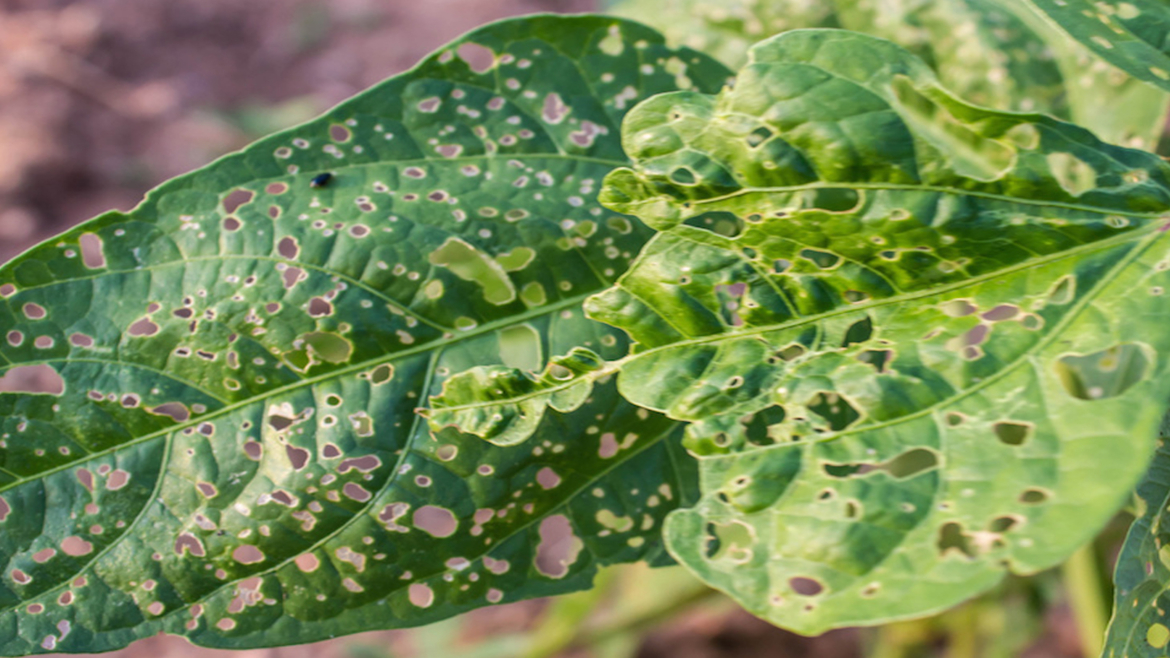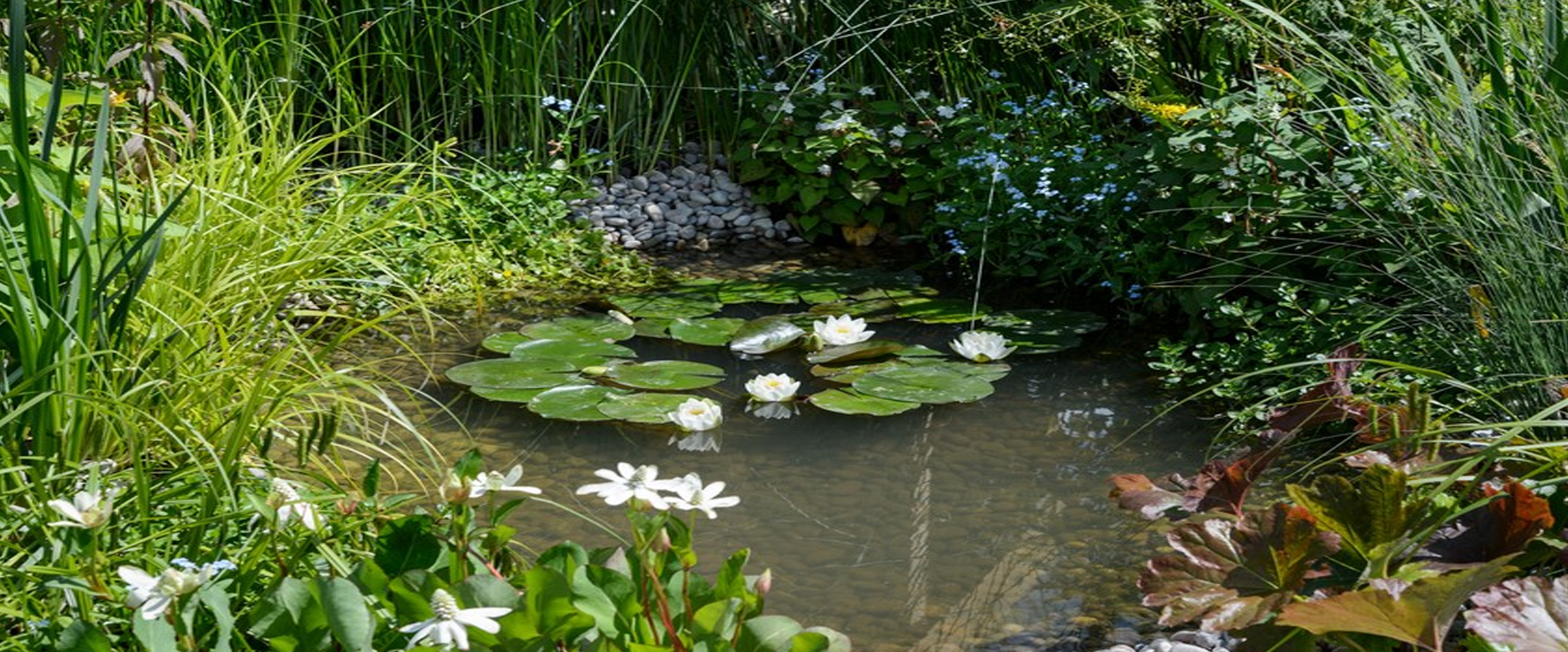(Podcast Episode)
Aquatic Plant Pests and Diseases Prevention and Treatment
Pond plants can add beauty and ecological balance to any water garden. They provide oxygen, shelter for fish, and help maintain water quality. However, like land plants, pond plants can be affected by different pests and diseases.
Proper pond plant care is essential to prevent and treat these issues, ensuring the pond remains a vibrant and healthy ecosystem.
This blog will guide you through the identification, prevention, and treatment of common pond plant diseases and pests and offer tips on seasonal pond plant care.
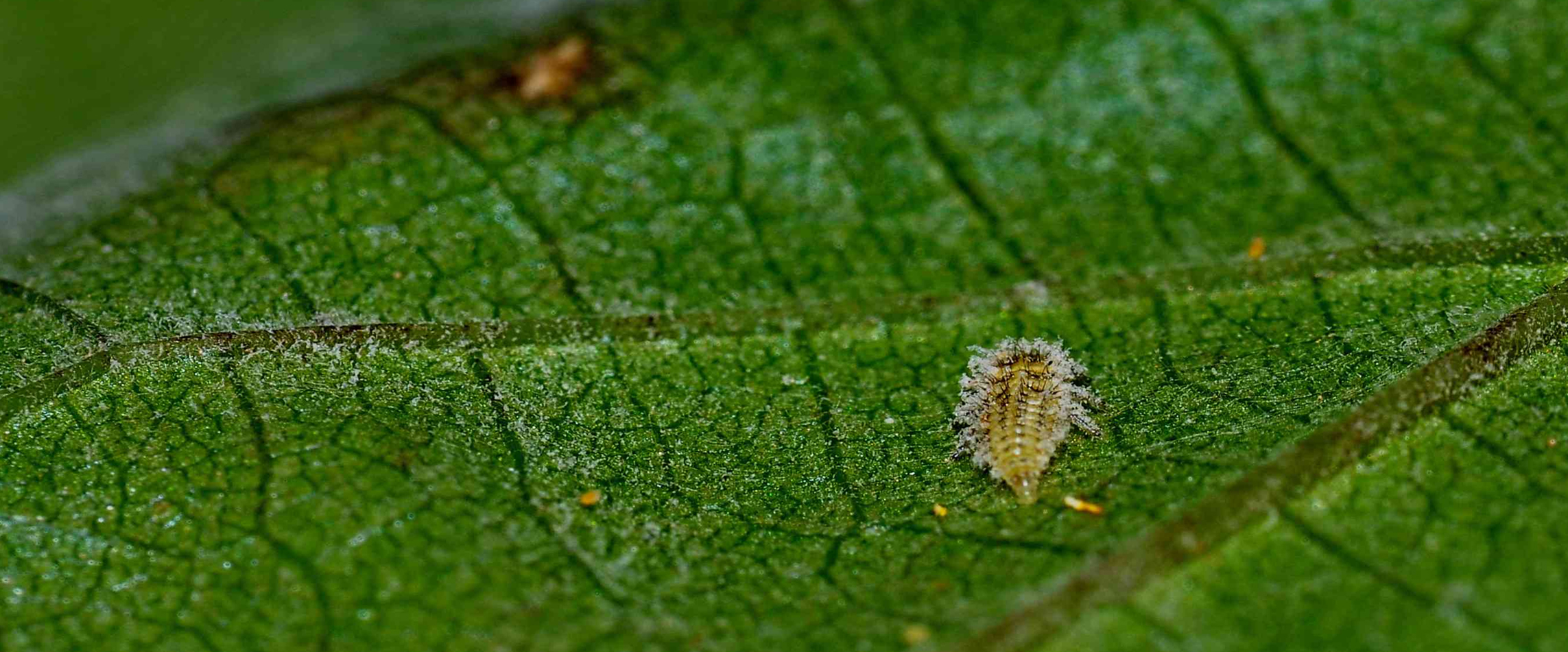
Understanding Aquatic Plant Pests and Diseases
Understanding pond plant pests and diseases is essential for maintaining a healthy and vibrant water garden. Plant Pests such as aphids, spider mites, and snails can cause major damage by feeding on plant tissues, leading to yellowing, curling, and stunted growth.
Diseases like root rot, leaf spot, and powdery mildew, often caused by fungi, bacteria, or poor water conditions, can further compromise plant health, resulting in symptoms such as discolored leaves, wilting, and decay.
Recognizing these issues early and implementing effective prevention and treatment strategies, such as using natural predators, maintaining proper water quality, and applying suitable pesticides or fungicides, is essential for preserving the ecological balance and beauty of the pond.
Understanding Pond Plant Types
Pond plants can be broadly categorized into several types, each serving a specific function within the pond ecosystem. Understanding these categories can help one select and care for the right plants for the pond:
Marginal Plants
These plants grow at the edges or margins of ponds, with their roots submerged in water and foliage above the surface. Examples include cattails, irises, and pickerelweed.
Care Tips
Plant in Shallow Water: Ensure marginal plants are placed in shallow pond areas.
Regular Trimming: Trim back dead or excessive growth to prevent overcrowding.
Floating Plants
Floating plants, like water lettuce and hyacinth, float on the surface of water with their roots dangling.
Care Tips
Provide Adequate Space: Ensure they have enough space to spread without covering the entire pond surface.
Remove Excess Plants: Regularly remove excess floating plants to prevent them from choking out other pond life.
Submerged Plants
These plants, like hornwort and anacharis, grow entirely underwater and are essential for oxygenating the pond and providing habitat for aquatic life.
Care Tips
Anchor Properly: Ensure submerged plants are anchored to prevent them from floating away.
Thin Regularly: Regularly thin out the plants to prevent them from becoming too dense.
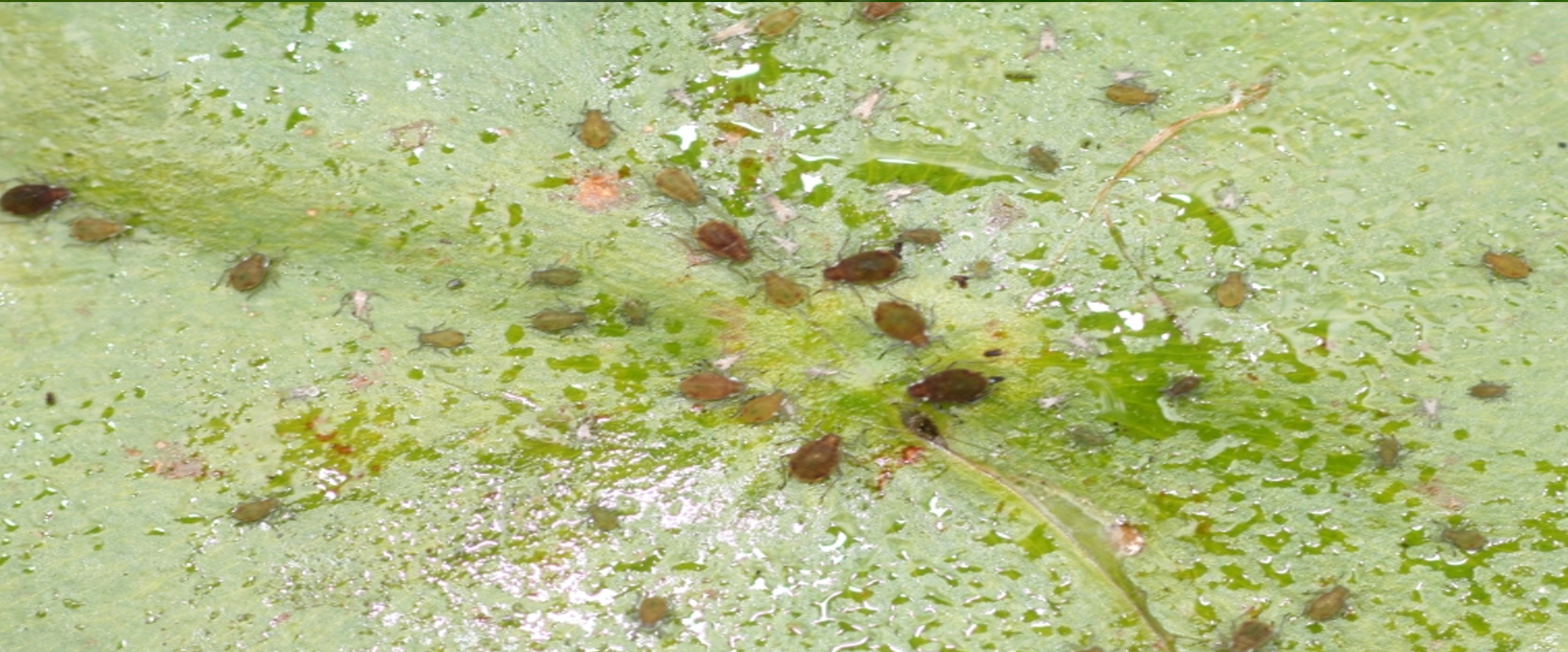
Common Pond Plant Pests
Pond plant pests can cause significant damage if not managed promptly. Here are some of the most common Plant pests one might encounter:
Aphids
Aphids are tiny, sap-sucking insects that often infest the leaves and stems of pond plants. They can cause yellowing, curling, and stunted growth.
Prevention and Treatment
Introduce Natural Predators: Ladybugs and lacewings are the natural predators of aphids and can help reduce their growth.
Spray with Water: A strong water jet can dislodge aphids from plants.
Neem Oil: Applying neem oil can deter aphids without harming the plants or aquatic life.
Spider Mites
Spider mites are tiny, spider-like pests that thrive in hot, dry conditions. They can cause fine webbing on plants and lead to leaf discoloration and drop.
Prevention and Treatment
Increase Humidity: Regularly mist the plants to create a less favorable environment for spider mites.
Insecticidal Soap: To reduce mite populations, insecticidal soap should be applied to the affected areas.
Snails and Slugs
Snails and slugs can munch on pond plants, leaving behind holes and ragged edges on leaves.
Prevention and Treatment
Hand Removal: Regularly check and manually remove snails and slugs.
Barriers: Use copper tape around pots or raised beds to deter these Plant pests.
Common Pond Plant Diseases
Fungi and bacteria can cause diseases in pond plants. Identifying and addressing these diseases promptly is crucial for maintaining a healthy pond environment.
Root Rot
Root rot is common in aquatic plants and is often caused by poor drainage or overwatering. Symptoms include yellowing leaves and mushy roots.
Prevention and Treatment
Proper Planting: Ensure plants are in well-draining substrates.
Reduce Watering: Avoid overwatering and maintain proper water levels.
Remove Affected Plants: If root rot is severe, remove and discard the infected plants to prevent the spread of the disease.
Leaf Spot
Leaf spot is characterized by brown or black colored spots on the leaves, often caused by fungal or bacterial infections.
Prevention and Treatment
Improve Air Circulation: Ensure plants are not overcrowded for better air circulation.
Remove Infected Leaves: Prune and dispose of infected leaves promptly.
Fungicide: Apply a suitable fungicide to control the spread of the disease.
Powdery Mildew
Powdery mildew appears as a white, powdered substance on the leaves and stems of pond plants. It thrives in warm, dry conditions.
Prevention and Treatment
Reduce Humidity: Avoid overhead watering and keep the foliage dry.
Prune Affected Areas: Remove and dispose of infected parts of the plant.
Fungicidal Spray: Use a fungicidal spray specifically designed for aquatic plants.
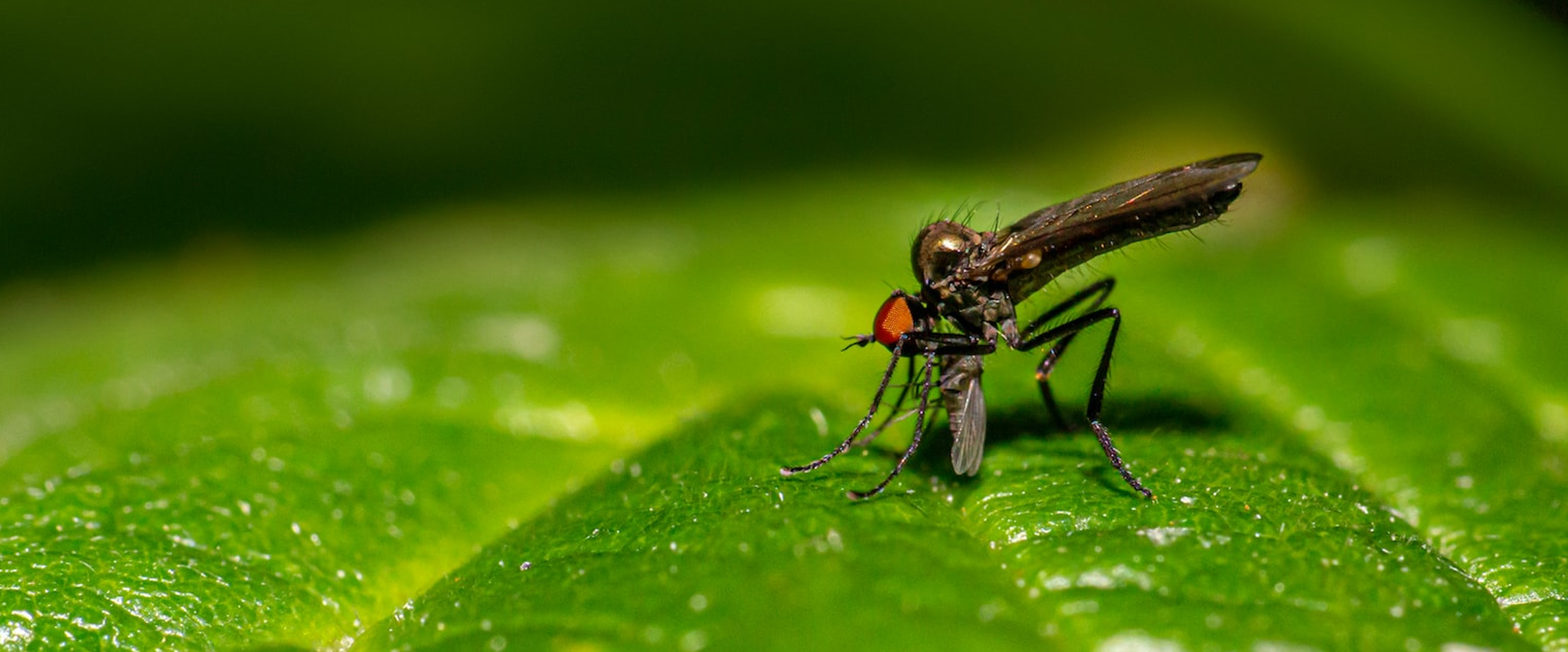
Additional Pond Plant Pests
Beyond the common pests, there are some additional pests that one might encounter:
Water Lilies Beetle
These beetles chew through the leaves of water lilies, causing irregular holes.
Prevention and Treatment
Manual Removal: Check your plants regularly and remove beetles by hand.
Introduce Predators: Encourage predators like frogs and birds to inhabit your pond area.
Water Lily Aphid
Similar to regular aphids but specific to water lilies, these Plant pests can cause yellowing and deformation of leaves.
Prevention and Treatment
Water Spray: A strong spray of water can help dislodge these Plant pests.
Natural Predators: Introducing ladybugs can help keep their population in check.
Advanced Pest Control Techniques
While natural predators and manual removal are effective for controlling pests, sometimes more advanced methods are necessary:
Biological Controls
Introducing certain species can help manage pest populations naturally.
Fish: Fish like koi and goldfish can help control mosquito larvae and other tiny Plant pests.
Beneficial Insects: Encourage helpful insects like dragonflies, which prey on mosquitoes and other Plant pests.
Companion Planting
Certain plants can repel pests naturally and help protect the pond plants.
Marigolds: Planting marigolds around the pond can deter aphids and other insects.
Mint: Mint can repel mosquitoes and other insects, but be careful as it can be invasive.
Organic Pesticides
If natural methods are insufficient, consider using organic pesticides that are safe for aquatic environments.
Pyrethrin: Derived from chrysanthemums, pyrethrin is effective against many insects but should be used sparingly to avoid harming beneficial insects.
Bacillus thuringiensis (Bt): A bacterial insecticide effective against mosquito larvae and other Plant pests.
Seasonal Pond Plant Care:
Caring for pond plants involves seasonal adjustments to ensure they thrive throughout the year. Here’s a guide to seasonal pond plant care:
Spring
Spring is a time of renewal for the pond plants. As temperatures rise, plants begin to grow more vigorously.
Clean the Pond: Remove any debris that may have accumulated over winter.
Fertilize: Start fertilizing the pond plants to encourage healthy growth.
Repot and Divide: Repot or divide plants that have outgrown their containers.
Summer
Summer brings warmer temperatures, which can increase the risk of pests and diseases.
Monitor Water Levels: Ensure the pond water level remains consistent.
Check for Pests and Diseases: Regularly inspect plants and treat any issues promptly.
Shade Plants: Provide shade to prevent overheating and reduce algae growth.
Fall
Fall is a time to prepare the pond plants for the colder months ahead.
Remove Dead Foliage: Trim back dead or dying foliage to prevent decay in the pond.
Move Tender Plants: If one has tropical or tender plants, move them indoors or to a greenhouse.
Reduce Fertilizing: Gradually reduce fertilizing as plants enter dormancy.
Winter
Winter care focuses on protecting the pond plants from freezing temperatures.
Clean the Pond: Remove any remaining debris to maintain water quality.
Protect Plants: Use pond heaters or de-icers to prevent the water from freezing completely.
Monitor Water Levels: Ensure the water level remains adequate to protect plant roots from freezing.
Advanced Pond Plant Care Tips
For those looking to enhance their pond plant care practices, here are some advanced tips:
Regular Water Testing
Maintain optimal water quality by testing for pH, ammonia, nitrites, and nitrates. This ensures a healthy environment for the pond plants.
Balanced Fertilization
Use a balanced fertilizer formulated explicitly for aquatic plants to promote healthy growth without causing algae blooms.
Aquatic Plant Maintenance
Regularly trim and thin out plants to prevent overcrowding, which can lead to low air circulation and increased susceptibility to Plant pests and diseases.

How to Treat Common Pond Plant Diseases
Proper treatment of pond plant diseases requires prompt action and the proper methods. Here are steps on how to treat common pond plant diseases effectively:
Identify the Disease
Carefully inspect the plants to identify the specific diseases affecting them. Look for symptoms like spots, discoloration, or unusual growth patterns.
Isolate Affected Plants
If possible, move affected plants to a separate area to prevent the disease from spreading to healthy plants.
Prune and Dispose
Prune away all the affected parts of the plant and dispose of them properly. Do not compost diseased plant materials, as it can spread the disease.
Apply Treatment
Use appropriate treatments based on the type of disease:
Fungicides: For fungal infections like leaf spot and powdery mildew.
Bactericides: For bacterial diseases.
Neem Oil: For a natural treatment option.
Wrapping it Up
Pond plant care is necessary for maintaining a healthy and beautiful water garden. Understanding the common Plant pests and diseases affecting pond plants and implementing effective prevention and treatment strategies can ensure the pond remains a thriving ecosystem.
Regular seasonal care is also crucial, as it helps plants adapt to changing conditions and reduces the risk of pest and disease outbreaks.
Remember, a well-maintained pond enhances the aesthetic appeal of the garden and supports a balanced and healthy environment for all its inhabitants.
Whether dealing with aphids, root rot, or preparing the pond for winter, staying proactive and informed is key to successful pond plant care. One can enjoy a lush, vibrant pond year-round with the proper knowledge and practices.

